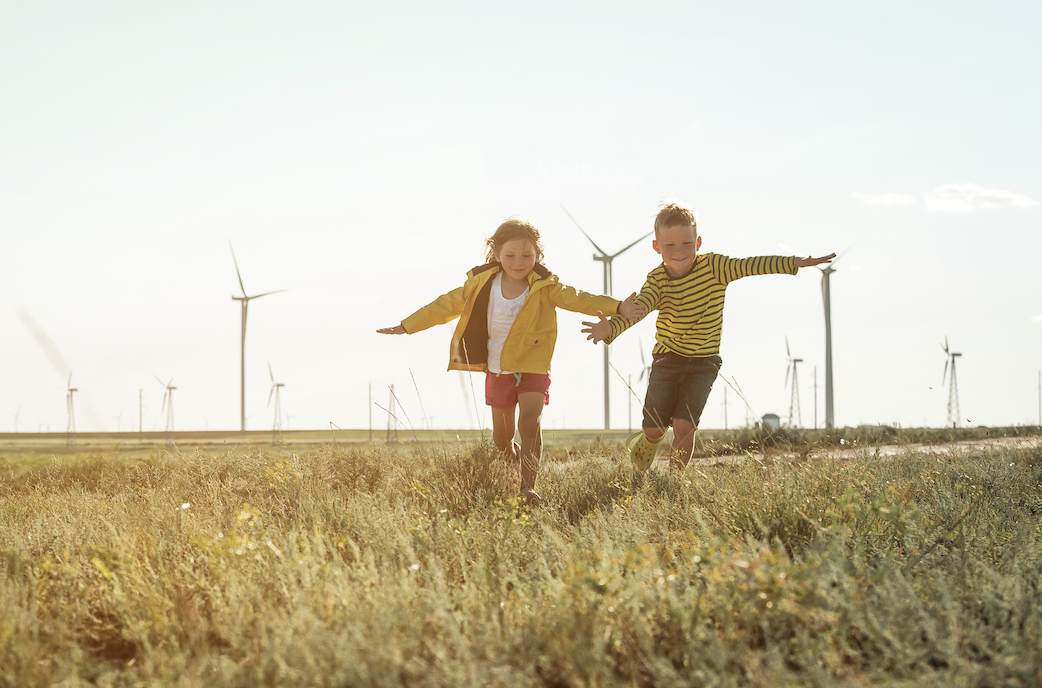Time to read : 3 Minutes
The Pros And Cons Of Going With Green Energy
The UN has said achieving carbon neutrality by 2050 is, “the world’s most urgent mission”.
While Australia still has a way to go, our transition to carbon-neutral renewable energy is certainly gaining pace. The proportion of energy generated by renewable sources has almost doubled in Australia over the last five years. 🔋In 2021, renewables accounted for 32.5% of Australia’s total energy generation.
🫰🏾But is the growth of sustainable energy sources like solar and wind power driving clean power prices down, or is choosing green energy still too expensive for the average Australian household?
What you need to know
Solar and wind power are the major players in Australia’s sustainable energy industry.
🌞 Small-scale solar power has set records for new installed capacity for the last five years in a row, and wind power also registered its third consecutive record-breaking year in 2021.
🍃There are some critical benefits of adopting renewable energy sources like solar and wind power, but cost remains a drawback – at least in the short term.
The big benefit of renewable energy generation is the reduction in greenhouse gas emissions compared to coal power plants.
There is also little threat of renewable sources like solar and wind power running out, and producing our own sustainable energy will help to secure Australia’s energy future.
However, sustainable energy sources are still typically more expensive than fossil fuels like coal.
We also need to update a lot of our electricity grid infrastructure to better distribute sustainable energy – and that’s expensive too.
Solar panels, wind turbines and batteries also contain a range of rare earth elements, which need to be mined.
Australia’s energy companies are doing a pretty good job in managing a relatively smooth transition from fossil fuels to sustainable energy. Most energy retailers now offer green power choices to Australian households and cater for a range of budgets.
What you can do
There’s plenty of opportunity right now to help support renewable energy.
Here are three ways you can support sustainable energy:
Go carbon neutral – some energy retailers offer a carbon offset program you can sign up to. While the specifics vary between providers, it typically involves the energy company purchasing carbon offset credits on your behalf, or investing in sustainable energy projects. However, this doesn’t mean you’re getting 100% renewable energy to your home. Your energy provider is simply paying to offset the carbon emissions your household is generating.
Switch to a GreenPower plan – GreenPower plans work a little differently to carbon offsetting. Signing up to a GreenPower plan essentially means you’re instructing your energy supplier to purchase power from renewable energy generators. Like carbon offsetting, this doesn’t guarantee that all of your household power is coming directly from renewable energy generators. Rather, your energy provider is adding an equivalent amount of renewable energy into the grid.
Install a solar power system – installing a roof-top solar power system is currently the only way to ensure your household is directly running on 100% renewable energy. However, this can require a pretty hefty up-front investment between around $4,000 and $10,000 depending on the size of the system. However, you’ll save on energy bills, which will help you recoup the up-front cost over time.
Be aware: Choosing a green energy option for your home is a little more complex and will require research and investment.
The bottom line
There’s little debate that choosing green energy for your home is good for the environment. But is it worth the cost? That really depends on your budget and priorities.
Carbon offsetting your energy usage is the most budget-friendly option. Some energy retailers offer free carbon offsetting programs, while others charge a small fee (as low as $1 per week) to offset your carbon emissions.
If you choose to purchase a 100% GreenPower plan, you’ll pay around five to eight cents per kWh more than a standard electricity rate. Considering that the average family uses around 17kWh per day, you’d be looking at paying between about $300 to $500 extra for 100% GreenPower per year.
Various federal and state government rebates and incentives are available to help reduce the up-front cost of setting up a roof-top solar and battery system.
According to the Australian Energy Foundation, you can expect to reduce your electricity bills by 30 to 60%.
It will take a typical home about three to six years to recoup the upfront cost, although that depends on your energy usage. The more electricity you use through the day, the faster you’ll recoup your up-front investment.


































